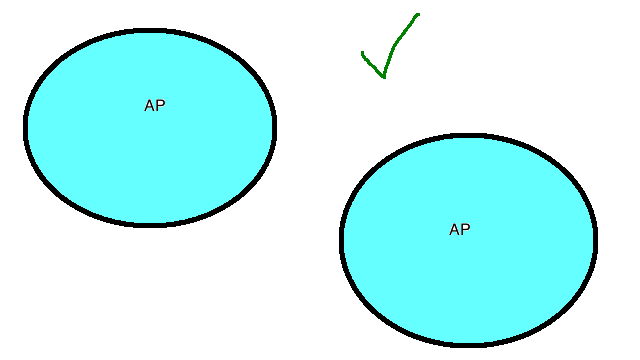What's New (and Missing) in the WiFi for iPhone 6

Two years ago tomorrow Apple introduced the iPhone 5. It was a big deal. It was a big deal for gadget folks who wanted a bigger iPhone. It was a big deal for wireless LAN folks who wanted users to use smartphones with speedier WiFi. Now the iPhone 6 has been announced and it appears to be more of the same. Gadgeteers get their bigger iPhone. Wireless folks get their faster speeds. Problem is, the faster wireless speeds likely won't mean anything for high capacity wireless deployments. The big news about the iPhone 6 is 802.11ac. Yippee! Apple has finally adopted the latest and greatest WiFi standard in a mobile device. 802.11ac has data rates as high as 6.9 Gbps in the standard, but wireless LAN folks know that's not what happens in real life. Real 802.11ac devices top out at a 1.3 Gbps data rate when multiple input-multiple output (MIMO) antenna systems are supported, while non-...




